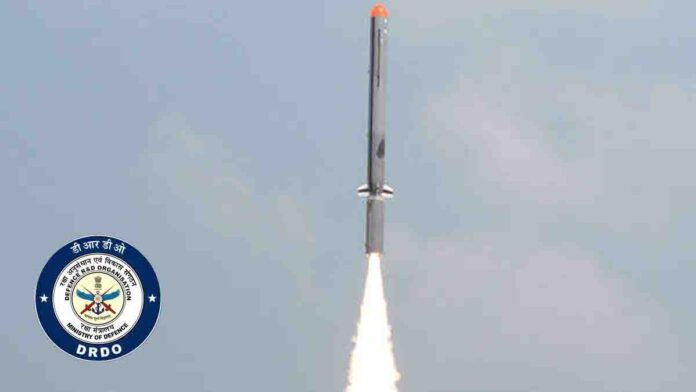India has successfully test-fired India’s self-propelled and self-guided long-range cruise missile ITCM (Nirbhay).
India’s first Indigenous Technology Cruise Missile (ITCM) with domestic small turbofan engine Manik and upgraded radio frequency seeker was test fired from a defence facility from launchpad No- 3 of ITR Chandipur in Odisha’s Balasore district. According to sources, the performance evaluation of the new engine is on and details are awaited.
Designed and developed by Defence Research and Development Organization (DRDO) laboratory Gas Turbine Research Establishment (GTRE) in Bengaluru, the ‘Manik’ STFE is a bypass engine of 400 kgf thrust class. It is designed to propel ‘Nirbhay’ ITCM, a two-stage missile fueled by a solid rocket motor booster developed by the Advanced Systems Laboratory (ASL).
According to DRDO, the STFE engine is a generic twin-spool engine without an afterburner. It is an expendable, single-use, short-life turbofan engine comprising various modules.
Read More – Samar Air Defence System ready for induction into Indian Air Force
Read More – How To Become Rich Financially
Of the three earlier tests of the ITCM conducted since 2020, two have failed and one achieved ‘partial success’.
In October 2020, a test had to be aborted after the system deviated from the pre-coordinated flight path. A year later, the DRDO held its first ‘partially’ successful test of the Manik engine as the engine performed per its requirement but the missile system could not travel the desired range reportedly due to some issues with the control mechanism. In October 2022, the engine developed technical glitches after the initial booster phase, and the missile system plunged into the sea within 30 seconds of the launch, according to India Defence News.
Read More – How To Invest In Stock
Read More – What is NFT Collection and How Does NFT Work
Sources–odisha bytes




